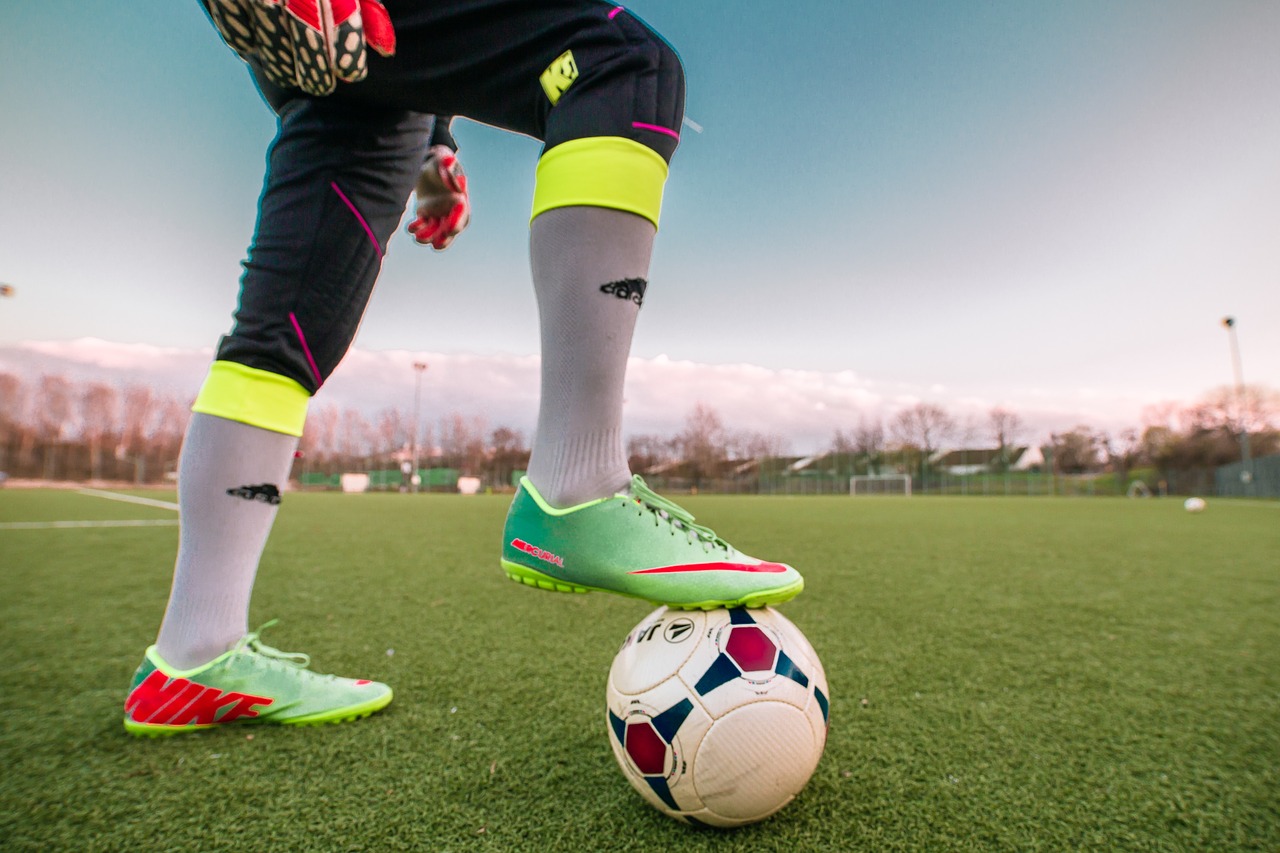Quirky Football Unveilings – Evolving use of Social Media
With the memories of the World Cup still fresh in our minds, the football (soccer) season is back underway with most top-tier European leagues having already played their first week of matches.
Lots of transfer business occurs every summer and winter, with football clubs – particularly in Europe – spending vast amounts on new players. Since last summer’s transfer window (the window opening in May and closing in August, whereby clubs have the chance to sell and purchase players ahead of the new season) following the world record £200 million ($263m) sale of Brazilian star Neymar from F.C Barcelona to Paris Saint-Germain (PSG), the market has skyrocketed and players are now routinely going for sums that several years ago would be close to record-breaking.
Although top-tier football clubs earn staggeringly extortionate amounts from TV rights and competitions, new signings of players are still incredibly expensive and owners and boards of directors will look to market them as much as possible to recoup at least a portion of the fee.
Clubs want to market new player signings as it allows for a snowballing effect. They can create hype and excitement around their club which may increase their fanbase across the world. As a result, they will be able to sell more merchandise (replica: first team shirt this year for top-tier Premier League teams sells for £55 ) and have more viewers tuning into the matches. This may lead to more lucrative sponsorship deals from increased publicity, etc.
The most common approach for accomplishing this is through unveiling new signings – revealing the new player who has just signed a contract for the club – which over the last few years has become increasingly quirky.
Traditional take
Traditionally, unveilings went in the form of photographers being called to the club’s grounds and taking pictures of the player holding a club scarf above their head or wearing the kit. If the transfer is more special to their supporters (large transfer fee for a big namer, previous relations to the club, etc.), they might have the key player perform ‘keepy-ups’ in front of a stadium full of supporters, or take pictures of them shaking hands with the manager.
Evolving through social media
Although social media has been around for quite a while, unveilings have remained very traditional up until the last few years and we are now seeing football clubs starting to experiment. The advancement in technology coupled with increased numbers of social media users has allowed clubs to be more creative whilst also engaging directly with their fans as well as the wider community.
The summer transfer window of 2016, when Manchester United (‘Man Utd’) signed Paul Pogba back from Juventus for a record-breaking £89.3 million, can be seen as the catalyst for the change to becoming more creative and dynamic in their marketing. Man Utd with Adidas (Man Utd’s kit manufacturer) unveiled Pogba through the release of a music video featuring Paul Pogba and British rap/grime artist Stormzy.
Riding on the wave of Stormzy’s hugely successful year from 2015/16, the music video went viral due to its new and different style, experiencing an immense amount of publicity. It showed the growth of footballers becoming marketing ambassadors for their club and sponsors. Although the music video received mixed receptions, it appealed to younger generations and was viewable on Twitter, YouTube, Instagram, and Facebook.
A global craze
This set the stage for the summer window of 2017, with clubs climbing aboard the bandwagon, thinking of even more new and creative ways to unveil their signings. Arsenal famously released a cryptic word search on social media to unveil the signing of Sead Kolasinac, and the Italian club AS Roma, unveiled the signing of Lorenzo Pellegrini using EA Sports’ FIFA game.
Most recently this summer, Villarreal C.F unveiled the signing of Santi Cazorla using a magician. The video of his unveiling has taken the internet by storm and is being shared on social media platforms, gaining huge amounts of positive publicity. These examples don’t even scratch the surface and there are still plenty of others that demonstrate how social media has evolved the marketing of football players.
The unveiling examples do not need to be confined to the football industry. The benefits of social media marketing help businesses in all different kinds of industries.
Social media marketing trends are constantly changing and evolving. Keep up to date by contacting us.




Leave a comment:
You must be logged in to post a comment.